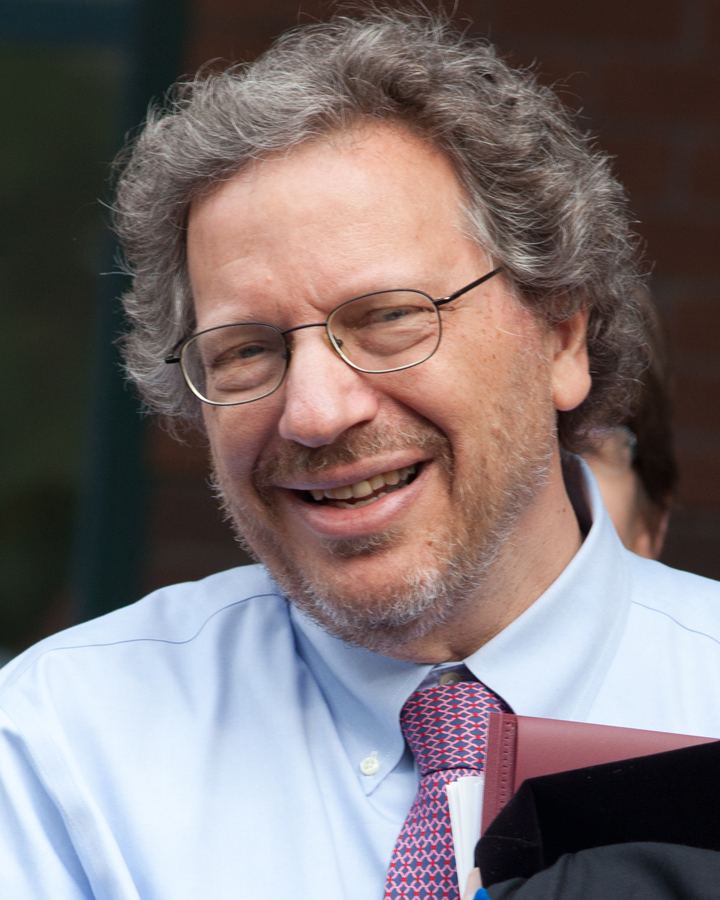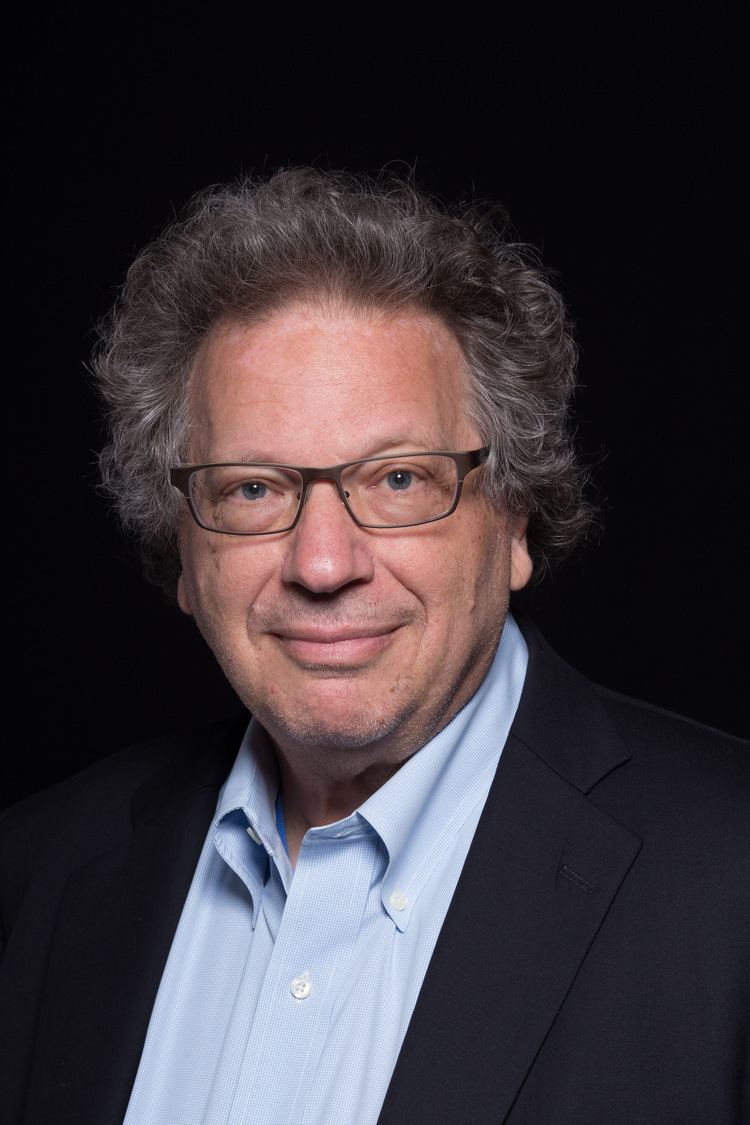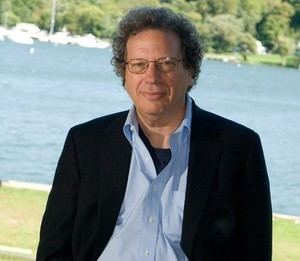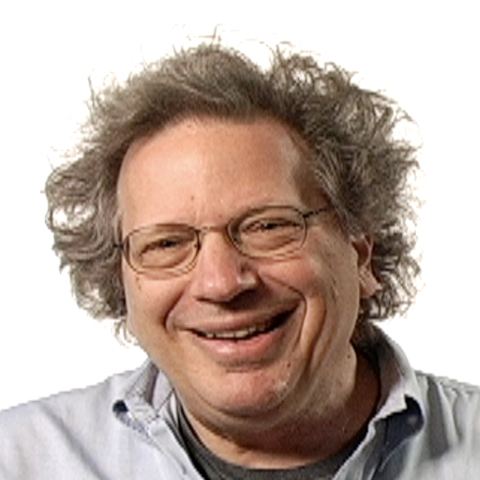Nationality American | Name Michael Wigler | |
 | ||
Born Michael Howard Wigler September 3, 1947 (age 78) New York ( 1947-09-03 ) Institutions Columbia UniversityCold Spring Harbor Laboratory Alma mater Princeton UniversityColumbia University (Ph.D.) Education | ||
Michael wigler ph d fighting cancer one cell at a time
Michael Howard Wigler (born September 3, 1947 in New York) is an American molecular biologist who has directed a laboratory at Cold Spring Harbor Laboratory since 1978 and is a member of the National Academy of Sciences. He is best known for developing methods to genetically engineer animal cells and his contributions to cancer, genomics and autism genetics.
Contents

Wigler graduated from Princeton University in 1970, majoring in mathematics, and in 1978 received his PhD from Columbia University in microbiology, and has spent the remainder of his career at Cold Spring Harbor Laboratory (CSHL).
Beginning in the late 1970s, at Columbia University, Wigler, Richard Axel and Saul Silverstein developed methods for engineering animal cells. These methods are the basis for many discoveries in mammalian genetics, and the means for producing protein therapeutics such as those used to treat heart disease, cancer and strokes.

After moving to CSHL, Wigler continued his studies of gene transfer into mammalian cells, exploring the integration of foreign DNA and its stability of expression in host cells, demonstrating the inheritance of DNA methylation patterns, and isolating the first vertebrate genes, and first human oncogenes, using DNA transfer and genetic selection. His laboratory was among the group that first showed the involvement of members of the RAS gene family in human cancer, and that point mutations can activate the oncogenic potential of cellular genes.

Wigler’s laboratory was the first to demonstrate that some regulatory pathways have been so conserved in evolution that yeast can be used as a host to study the function of mammalian genes and in particular genes involved in signal transduction pathways and cancer. This led to deep insights into RAS function, eventually solving the RAS biochemical pathway in yeasts and humans, and demonstrating the multifunctional nature of this important oncogene. During this period Wigler's lab published the first use of epitope tagging for protein purification.

In the early 90’s, Wigler and collaborator W. Clark Still at Columbia University developed the first method for encoded combinatorial chemical synthesis, a method for building vast libraries of chemical compounds. This approach is still used today for drug discovery.

During the same period, Wigler and Nikolai Lisitsyn developed the concept and applications of representational difference analysis, which led to their identification of new cancer genes, including the tumor suppressor PTEN, and by others the cancer virus-causing Kaposi's sarcoma, KSHV. In the late '90s, Drs. Wigler and Robert Lucito and combined genome representations with array hybridization leading to a technique called ROMA used to show common structural variation in genomes.
In the decade since 2004, Wigler and Jim Hicks at CSHL, together with Anders Zetterberg of the Karolinska Institute, applied ROMA to the analysis of breast cancer and development of genetic markers for prognostication. This work led to the first successful sequence-based analysis of the genomes of single cancer cells from tumors by Wigler's then-graduate student Nick Navin, and subsequently, tumor cells in circulation by Wigler's collaborator Jim Hicks.
During this period, Drs. Wigler, Jonathan Sebat and Lakshmi Muthuswamy began copy number analysis of healthy individuals, leading to the discovery of a new source of genetic variability, copy number variations or CNVs. The abundance of CNVs in the human genome is a major source of individual variation. The team at CSHL then continued this line of work to demonstrate that spontaneous germ-line mutation is likely to be a major cause for autism. Their observations and theories about autism provide a now widely accepted approach for understanding other human mental and physical abnormalities.
For his contributions to biomedical research, Wigler is a recipient of numerous awards and honors and is a member of the National Academy of Science (since 1989), the American Academy of Arts and Sciences (since 1998), and is American Cancer Society Lifetime Research Professorship (since 1986).
Awards And Nominations
Double Helix Medal
